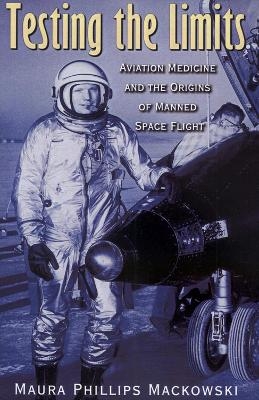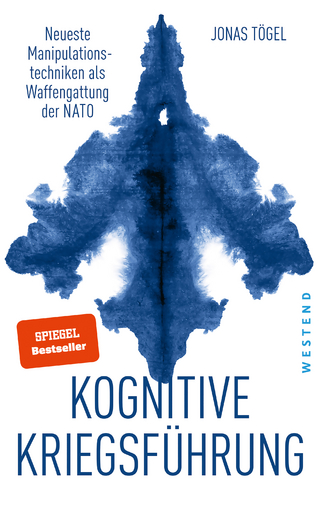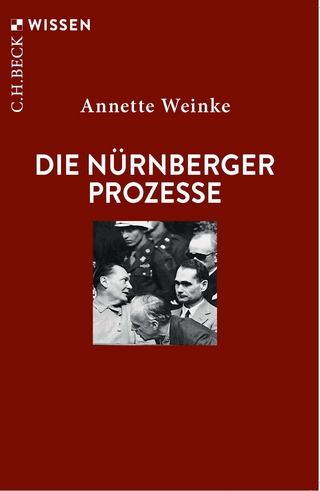
Testing the Limits
Aviation Medicine and the Origins of Manned Space Flight
Seiten
2019
Texas A & M University Press (Verlag)
978-1-62349-817-7 (ISBN)
Texas A & M University Press (Verlag)
978-1-62349-817-7 (ISBN)
Describes the crucial f contributions of military flight surgeons who routinely risked their lives in test aircraft, research balloons, pressure chambers, or parachute harnesses. Maura Phillips Mackowski also reveals the little-known but vital contributions of German emigré scientists whose expertise created a hybrid specialty: space medicine.
In 1958 the United States launched its first satellite and created the National Aeronautics and Space Administration (NASA) to oversee its new space program. By 1961 NASA was confident enough to put a human being into space. But how had it acquired enough medical knowledge to ensure an astronaut’s safety in just three years? It hadn’t. The credit goes instead to decades of military medical research.
Witnessing the first German missile attack on London in 1944, U.S. Army flight surgeon Harry Armstrong had been immediately concerned that aeronautical engineers would transform the A-4 (V-2) into a vehicle for transporting soldiers. He vowed, as founder (in 1934) of the military’s only aviation human-factors research lab, to make such trips survivable. Efforts at Wright Field and the army’s School of Aviation Medicine, which Armstrong had also turned into a world-class research institution, were the real reason for the successful start to America’s manned space program.
In Testing the Limits, Maura Phillips Mackowski describes the crucial foundational contributions of military flight surgeons who routinely risked their lives in test aircraft, research balloons, pressure chambers, rocket-propelled sleds, or parachute harnesses. Drawing on rare primary sources and interviews, she also reveals the little-known but vital contributions of German emigré scientists whose expertise in areas unknown to Americans created a hybrid specialty: space medicine. She reveals new details on human aeromedical experimentation at Dachau, Washington’s decision to limit astronaut status to males, and the choice to freeze the air force out of the research specialty it had created and brought to fruition.
In 1958 the United States launched its first satellite and created the National Aeronautics and Space Administration (NASA) to oversee its new space program. By 1961 NASA was confident enough to put a human being into space. But how had it acquired enough medical knowledge to ensure an astronaut’s safety in just three years? It hadn’t. The credit goes instead to decades of military medical research.
Witnessing the first German missile attack on London in 1944, U.S. Army flight surgeon Harry Armstrong had been immediately concerned that aeronautical engineers would transform the A-4 (V-2) into a vehicle for transporting soldiers. He vowed, as founder (in 1934) of the military’s only aviation human-factors research lab, to make such trips survivable. Efforts at Wright Field and the army’s School of Aviation Medicine, which Armstrong had also turned into a world-class research institution, were the real reason for the successful start to America’s manned space program.
In Testing the Limits, Maura Phillips Mackowski describes the crucial foundational contributions of military flight surgeons who routinely risked their lives in test aircraft, research balloons, pressure chambers, rocket-propelled sleds, or parachute harnesses. Drawing on rare primary sources and interviews, she also reveals the little-known but vital contributions of German emigré scientists whose expertise in areas unknown to Americans created a hybrid specialty: space medicine. She reveals new details on human aeromedical experimentation at Dachau, Washington’s decision to limit astronaut status to males, and the choice to freeze the air force out of the research specialty it had created and brought to fruition.
Maura Phillips Mackowski, who holds a Ph.D. in history, is a research historian currently residing in Gilbert, Arizona.
| Erscheinungsdatum | 21.06.2019 |
|---|---|
| Reihe/Serie | Centennial of Flight Series |
| Zusatzinfo | 42 black & white photographs |
| Verlagsort | College Station |
| Sprache | englisch |
| Maße | 152 x 229 mm |
| Gewicht | 419 g |
| Themenwelt | Geschichte ► Teilgebiete der Geschichte ► Militärgeschichte |
| Medizin / Pharmazie ► Medizinische Fachgebiete ► Arbeits- / Sozial- / Umweltmedizin | |
| Studium ► Querschnittsbereiche ► Klinische Umweltmedizin | |
| Technik ► Fahrzeugbau / Schiffbau | |
| Technik ► Luft- / Raumfahrttechnik | |
| ISBN-10 | 1-62349-817-1 / 1623498171 |
| ISBN-13 | 978-1-62349-817-7 / 9781623498177 |
| Zustand | Neuware |
| Haben Sie eine Frage zum Produkt? |
Mehr entdecken
aus dem Bereich
aus dem Bereich
neueste Manipulationstechniken als Waffengattung der NATO
Buch | Softcover (2023)
Westend (Verlag)
24,00 €


